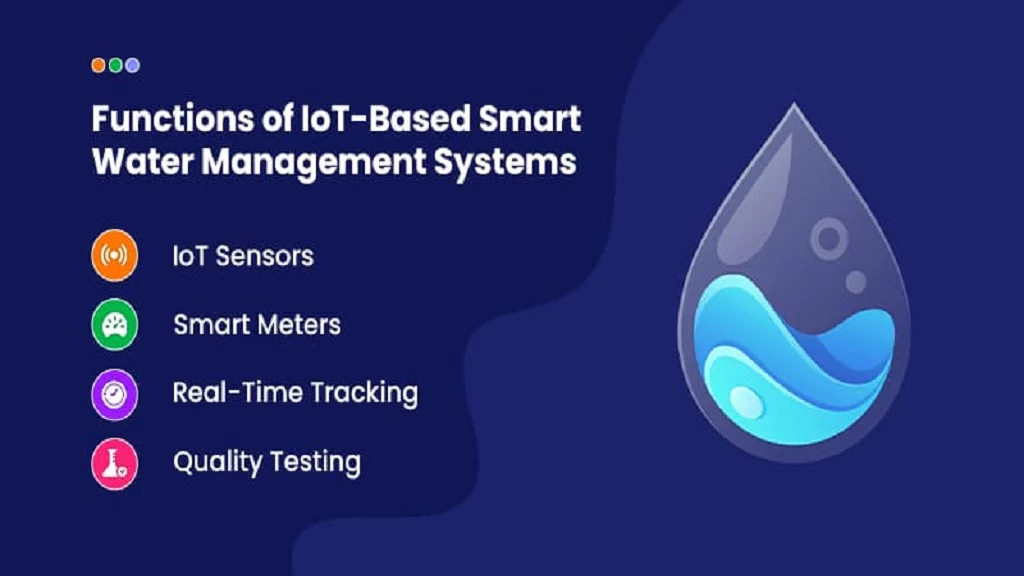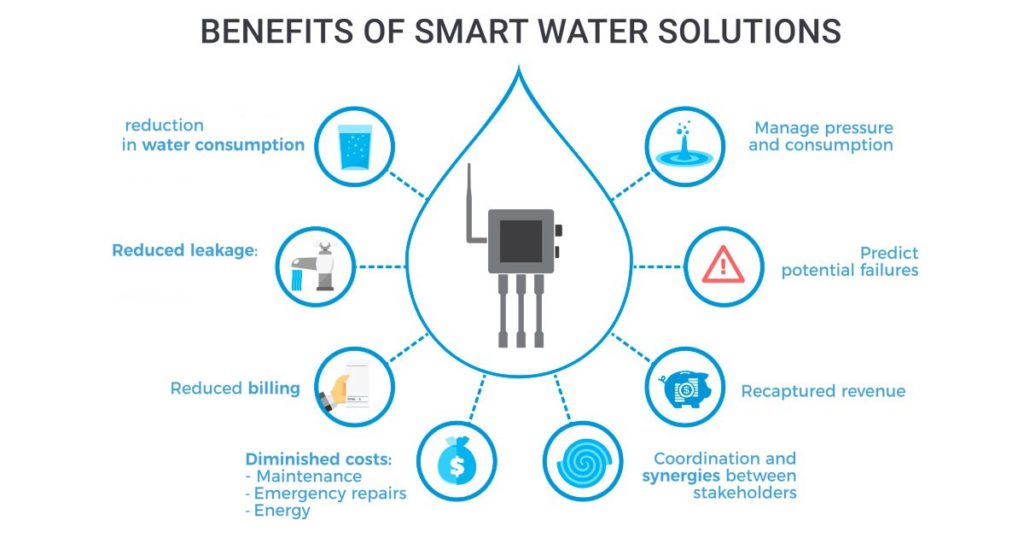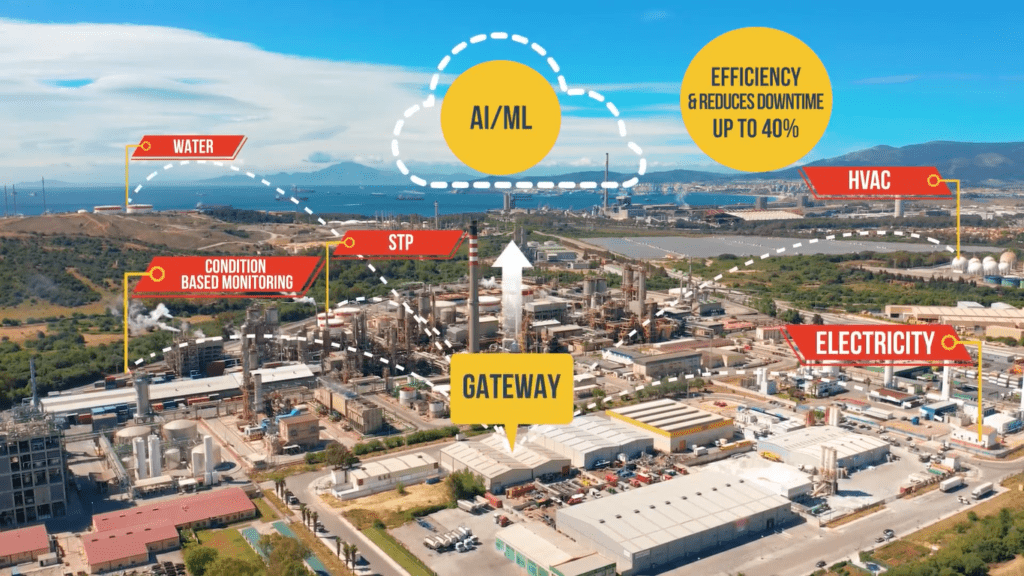How Smart lighting Bring Savings to Industrial Environments?
Despite the financial blow caused by COVID-19, the Smart lighting industry gives great confidence for the upcoming years. Many Industries are enhancing their traditional Lighting with Smart Lighting Solutions to save energy and cost. The smart lighting industry is projected to rise from USD 8.2 Billion to USD 21.7 billion by 2025 as per CARG.
How Smart Lighting helps business
1.Saving energy
LED Luminaires are energy-saving. More than thirty percent of energy is wasted if lighting controllers are not utilized accurately. For industries and other commercial businesses such as Commercial buildings, Hospitals, universities, Etc. where power bills reach lakhs, a thirty percent energy rebate is a significant profit.
For Example, Considering an office area with traditional lighting. Most of the time, the rooms are left with lights switched on until people leave the office. With Smart Lighting Solutions, the sensors continuously provide occupancy data and optimize lighting usage based on the use of the rooms. Hallway lights can be dimmed when no occupancy is detected to conserve energy further. Parking and other outdoor lights can also be managed according to the daylight conditions and occupancy for adequate illumination while being efficient.
2. Productivity increases
Lighting plays a significant part in defining the functions & energy level of the body. Melatonin Secretion makes people need to rest, and the production of this hormone is nearly associated with lighting conditions.
For Case, a typical day observed, to begin with, low light levels and a color temperature of 2500K. As the day progresses, the light level rises, and the color temperature gradually reaches 4000K. Building lighting should reflect this to reduce the melatonin in our body and to begin the day energetically.
Smart lighting enables businesses to customize lighting according to the day and level of daylight to ensure their employee’s productivity and mental well-being. In Campuses, smart lighting can contribute to the attentiveness of both students and teachers. Smart lighting’s application in hospitals can establish a relaxing environment to boost patient recovery.
3.Reduces carbon footprint
Although defining what your business’s carbon footprint is can be a challenge, learning how to reduce it is an entirely different one!
At BridgeThings, we educate companies on creating cost-efficient, eco-conscious energy-saving solutions. We provide companies with a comprehensive energy savings analysis and proposal that includes a wide range of energy-saving solutions for warehouses, offices, commercial storefronts, industrial buildings, and institutional spaces.
We are committed to helping you reduce your business’ carbon footprint!
4.Helping the environment
Adding control over lighting in your business, when you choose a smart lighting system, you will help the environment to get a vibrating atmosphere in your building. Cutting back on energy expenditure can fully help the environment for a better planet.
So,don’t think ,Explore the smart lighting solutions @ Bridgethings.com
How Smart lighting Bring Savings to Industrial Environments? Read More »





